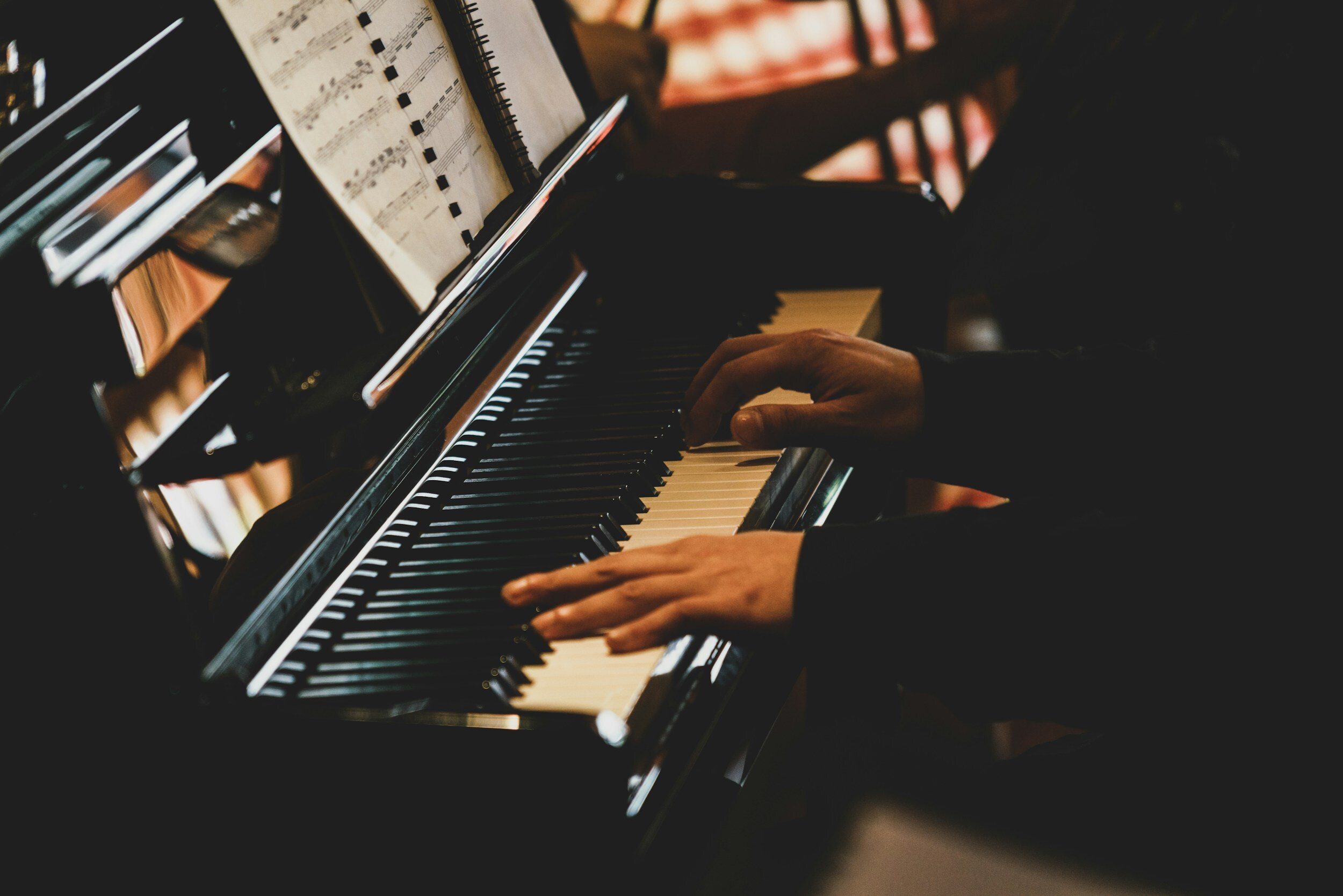Process-driven practicing
Almost all piano training centers around achieving goals. We prepare to play for a teacher each week. When we’re accomplished enough, we learn to practice for performance goals such as recitals and exams. These frequently lead to competitions, university auditions, and solo recitals. If a musician goes professional, practicing is then structured around the next gig or concert. A goal is always present. It gives the pianist a sense of direction while practicing and a feeling of accomplishment once the goal is met. These goals provide motivation to go to the piano every day, and most professional pianists don’t question their commitment to daily practice until external goals are removed.
The pandemic lockdowns of 2020 introduced professional musicians to the strange new world of goal-free practicing. When lockdowns ended and concert halls reopened, most pianists once again had performance goals. My 2020 decision to “go amateur” left me forever in the land of goal-free practicing and forced me to commit to learning how to find meaning in the process of playing the piano. It has been a rocky transition, one I first blogged about in my post Going Amateur. When I wrote that article I was enjoying the high that came from having made a decision I knew I needed to make well before I had the nerve to do so. Since then, my practicing has gone through many periods of ups and downs. I’ve had days when I’ve rushed to the keyboard, my mind full of the notes I’m dying to recreate. Other days I’d finish playing something gorgeous, listen to the last notes die away, and ask myself, what was the point of the work? Without feedback from people, it felt like communicating with a wall. It took me years to see that my frustration was rooted in not having transitioned from goals to process.
Process-driven practicing is something that self-directed amateur pianists know well. Freed from the demands of external deadlines, they can choose to spend weeks teasing out the riches of a single page of notes. They can dwell in the score of a favorite piece for months or years if they wish. Enjoyment of the act of learning becomes the goal, and gaining mastery of a piece is a happy byproduct. They may, of course, choose to prepare for a goal, but the essence of their practice is enjoyment of the moment-by-moment magic of bringing life to notes each day.
I’d always admired process-driven practicing, but it wasn’t until I examined why I was reluctant to give up my goal motivation that I uncovered an uncomfortable truth about my relationship with making music: I’d been expecting the music to feed parts of me that it couldn’t fill. Further investigation revealed that I’d spent a lifetime placing many non-musical demands on music, and while that drove me to do more projects and gigs, it asked too much of playing the piano. It was as if I’d been strapping a mountain of external motivations to the backs of my hands every time I sat down at the keyboard. Those non-musical needs split my concentration and drained me of the simple joy of sitting and playing each day.
Even with this knowledge I hesitated to let go of goals. I had many fears: what if I surrendered to process and never truly finished learning a piece of music? What if this style of learning made me a sloppy player? Instead, when I dared to drop my rigid goals, I discovered that my playing improved. Because I wasn’t pushing to finish a piece and move on to another one, I played with more freedom, and I learned the music more thoroughly. Furthermore, because I was playing music for music’s sake—not a host of other reasons—my concentration and focus improved. The notes came alive in a way I suspect I hadn’t experienced since before I started piano lessons as a child.
I’m aware that I’m just beginning this transition and that changing a lifetime of practicing habits will take years. I’m encouraged, however, that at this stage of my musical journey I’ve found tools I can use to extradite myself from product-driven thinking when I fall back into it. If you are seeking to give up goal-centered practicing, here are three things that free me when I find myself mired in old thinking. Hopefully you will find them as helpful as I do.
Examine real motivations
Sometimes the reasons we play the piano aren’t the ones we say out loud, even to ourselves. In the absence of performance deadlines, product-driven practicing rests in our need for achievement. Why is this important? To prove something ourselves? To prove something to another person? Once we discover the answer to these questions we can ask if this extra motivation is worth bringing to the piano each day
Adjust expectations
Process-driven practicing lives in present-tense. Product-driven practicing lives in future-tense. Process practicing allows us to slow down, stop glossing over tiny mistakes, and dig deeper into the score and our enjoyment of it. Letting go of goals means going to the piano with curiosity rather than a to-do list of what must be accomplished that day. The work gets done, just not always on an external timetable.
Reconsider repertoire choice
I’d like to say that every piece I’ve played has been for the pure love of it, but the truth is “ego pieces” routinely creep into my practice routine. My change of focus from goals to process freed me from playing repertoire I was unsuited to play and to embrace music that best allows me to enjoy the experience of learning them each day.
Ultimately, process-driven practicing gives us the freedom to approach the piano with the curiosity and enjoyment we had a kids. We’re free to explore, listen deeply, try new things. In other words, we’re free to stop working at the piano and to start playing.
Photo by Xingchen Yan, courtesy of UpSplash
